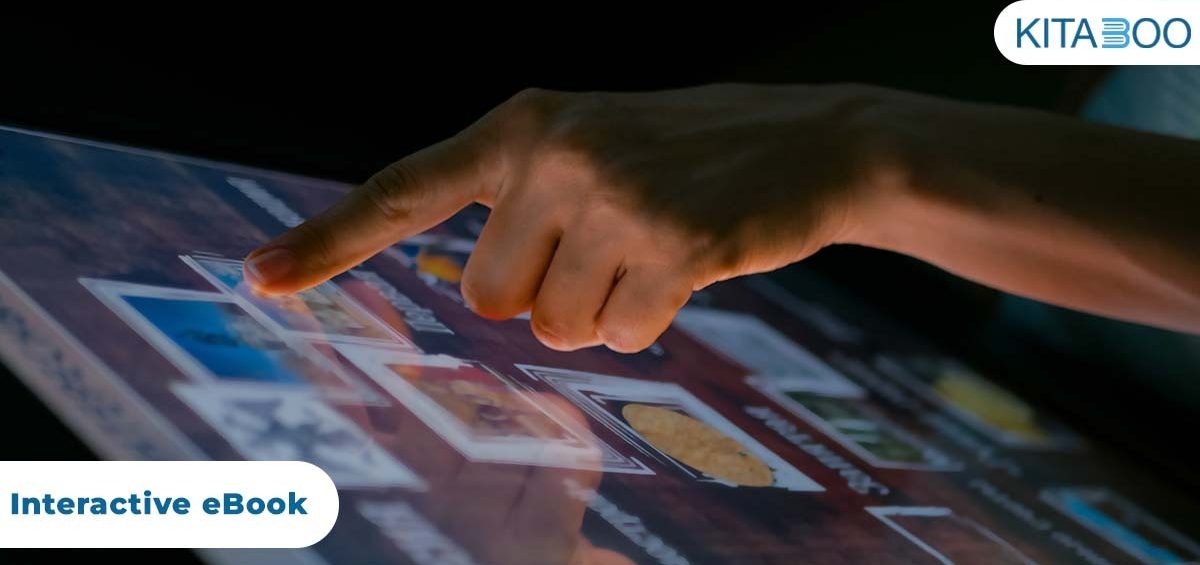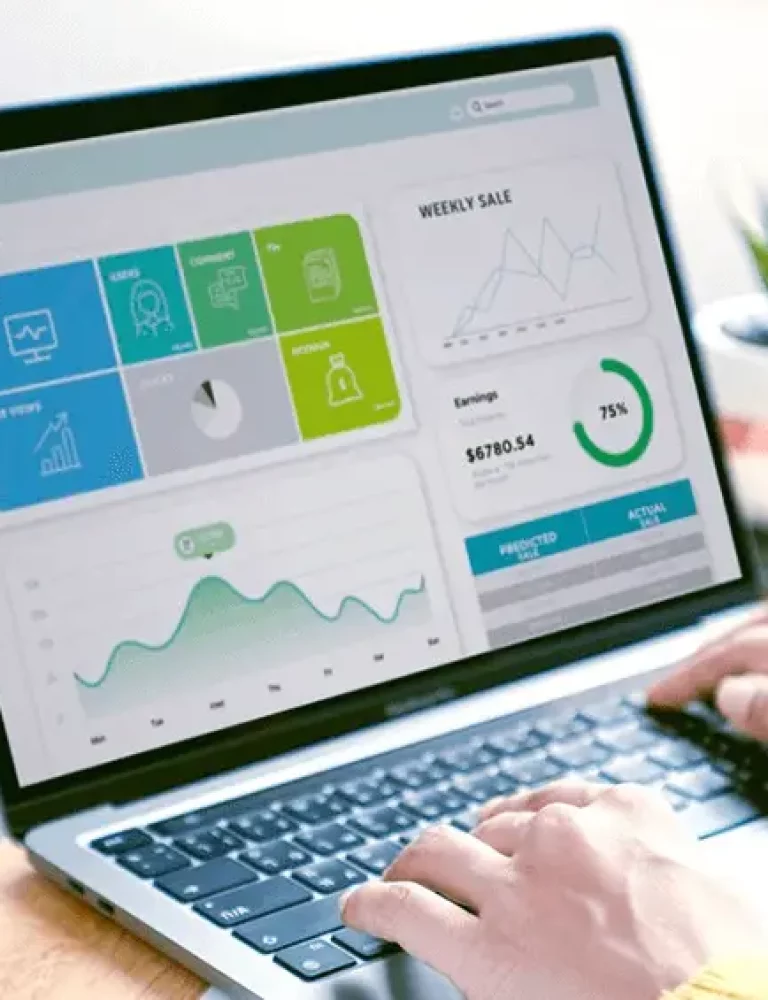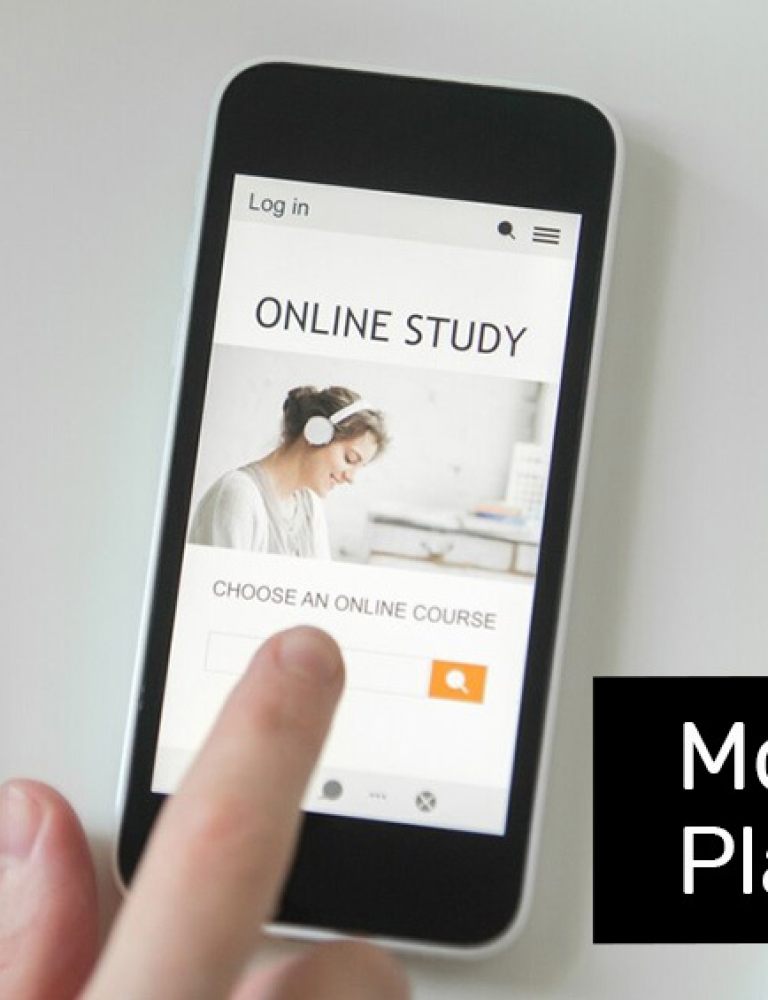The first eBook was created as early as 1971 when American writer Micheal S Hart digitized the US Declaration of Independence as part of Project Gutenberg, an effort to digitize several cultural works. This was essentially a scanned copy of the paper version, which people could now access online. When the eBook reader Kindle was released in 2007, it was accompanied by a mindset of reading paper books online. Back then, eBooks did not have their own unique identity and form. Today, things have changed drastically. The biggest shift for eBooks is the element of interactivity, which sends the reader on a unique journey. Essentially, contemporary eBooks are not passive but interactive. Further, interactive eBook creator is enhancing the reading experience with audio, video, animations, quizzes, assessments, checklists, infographics, maps, and contests!
Tell Stories in a Powerful Way
eBooks are a powerful medium to tell stories in an effective, engaging way, and everyone, from individual writers to enterprises and publishing houses, are leveraging them in unique ways. Here are some examples of eBooks from diverse genres:
- Children’s books engage readers for a longer period and leverage interactive elements to enhance cognitive development. For instance, the book Meet the Insects: Water and Grass Edition enables children to touch insects that they are curious to learn more about. The eBook features animations, quizzes, and games, thus allowing them to learn about the insect world engagingly.
- eBooks are a great way for interactive eBook creators to educate audiences about subjects they feel passionate about. For instance, Al Gore’s Our Choice has found new audiences after being turned into an eBook, helping build awareness about climate change. The eBook features interactive infographics, visual documentaries, and imagery to influence readers more effectively.
- eBooks are also being leveraged by individuals and businesses to create more visibility for their brands, products, and services. For instance, the professional networking platform LinkedIn released LinkedIn: 2018 LinkedIn Content Marketing Tactical Plan, a 30-page playbook on content marketing with content curated by experts. The eBook is highly interactive, showcasing various campaigns and tips using images, videos, and animation.
How to Make an Interactive eBook?
With advances in online publishing platforms, you can publish an eBook in a systematic, seamless way. For first-time interactive eBook creators, here’s a brief guide to helping you through the process:
Know Your Audience
Every writer and eBook has its audience. To identify the audience, the first step is to understand why you are creating the book.
For instance, are you creating an eBook to build visibility for yourself as a business or a professional? Or are you writing fiction in the mystery genre? Get to the bottom of the “whys” of the journey first.
If the book aims to benefit your business, you can further ask the following questions – is it helping improve branding? Are you looking to tell the story of your branding? Or is it about enabling potential clients/customers to understand how to leverage your product?
Visualize the Content and Format
Once you have decided on the audience, the next step is to think about how to make an interactive book engaging by choosing the right content and format.
Though interactive eBooks offer multiple elements that you can play with, it’s important to blend them seamlessly. Interactivity, for the sake of it, can make the experience too cluttered. Decide what type of content can be included, as well as the storytelling format that can engage your readers.
Many interactive eBook creators also look at existing content in their portfolios to explore if there is something they can repurpose.
For instance, if a fintech business has published several blogs around small business owners in their network, they can use these as fodder for an eBook on how fintech is fuelling entrepreneurs. They could add video interviews, slide shows, and finance quizzes to offer more value.
Choose the Access Platforms
Readers access content through multiple devices and platforms.
For instance, using a web app, they can browse interactive content on your website. They can also download an interactive eBook via the app store or download it directly on their computers sans any reading software.
When published as an ePUB file, it can be published to popular eBook stores.
Craft the Content
Now that you have answered some critical questions, the next step is to start building all the content elements. Remember, this is not as easy as writing a text manuscript. An eBook offers much more potential, and it’s a smart strategy to make use of it.
Start crafting the eBook content by dividing it into chapters and building a storyline. Fill in the text, and also think about what visual and audio elements can value-add to the theme. The next step is to build the interactive content elements.
If you are planning to turn an existing paper book into an eBook, you can first scan it as a PDF and then visualize the additional elements that can make it more engaging.
A format such as ePUB enables creators to add much more elements to their existing works without compromising on the quality of the book.
Create the eBook
To publish an eBook, you can leverage a cloud-based digital publishing platform that comes with an easy-to-use interface. You do not need to have publishing experience or be a professional author or publisher to leverage such a platform.
By simplifying the publishing process, digital publishing platforms are democratizing eBook publication and allowing diverse people to amplify their voices through the imaginative world of eBooks.
Quick Tips!
Here are a few tips to help interactive eBook creators optimize their creative process:
- Don’t think of visuals and interactive elements as afterthoughts. Leverage them to communicate complex topics. When it comes to eBooks, fewer words are more!
- Include call-to-actions through the eBook, as readers want an immersive, engaging experience. For instance, you can include work exercises in self-help eBooks.
- Break out of the linear presentation mode of PDFs, and reimagine the book as a cohesive narrative of various interactive elements. That’s the beauty of the contemporary eBook.
Takeaway
eBooks are the future of books, and they are disrupting the content creation and publishing fields as we know them.
Today, interactive eBook creators – from individual content creators and professional writers to businesses and publishing houses can leverage state-of-the-art cloud-based publishing platforms, such as Kitaboo, to publish, distribute, market and amplify their eBooks to a wider audience.
The eBook market is projected to grow to $6.93 billion by 2025, and those who master the art of publishing eBooks can build a foothold in this nascent market.
Discover How An Ebook Conversion, Publishing & Distribution Platform Can Help You
Kitaboo is a cloud-based content platform to create-publish & securely distribute interactive mobile-ready ebooks.
You May Also Like
-
Top Mobile Learning Platforms for Remote Education
Blog,Digital Publishing,eBook solution / February 13, 2024







